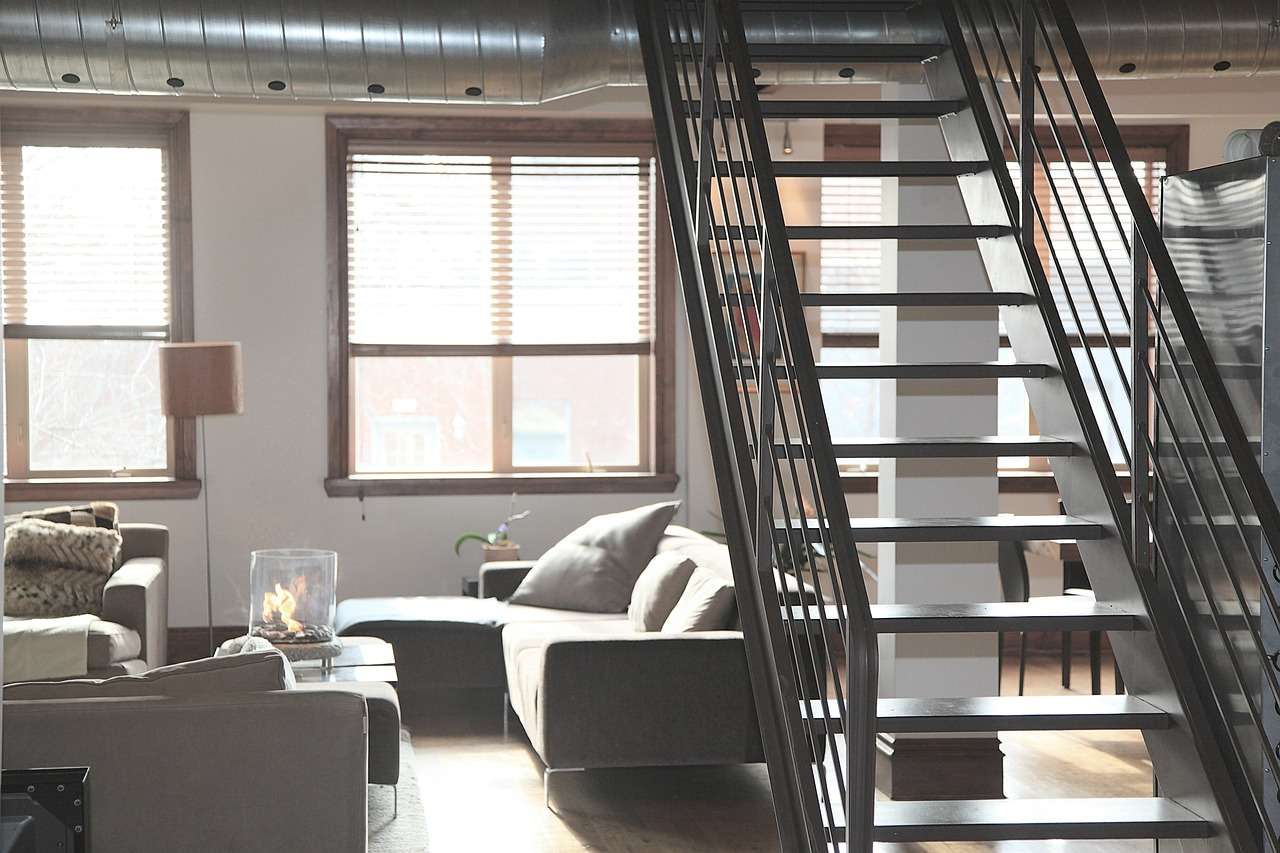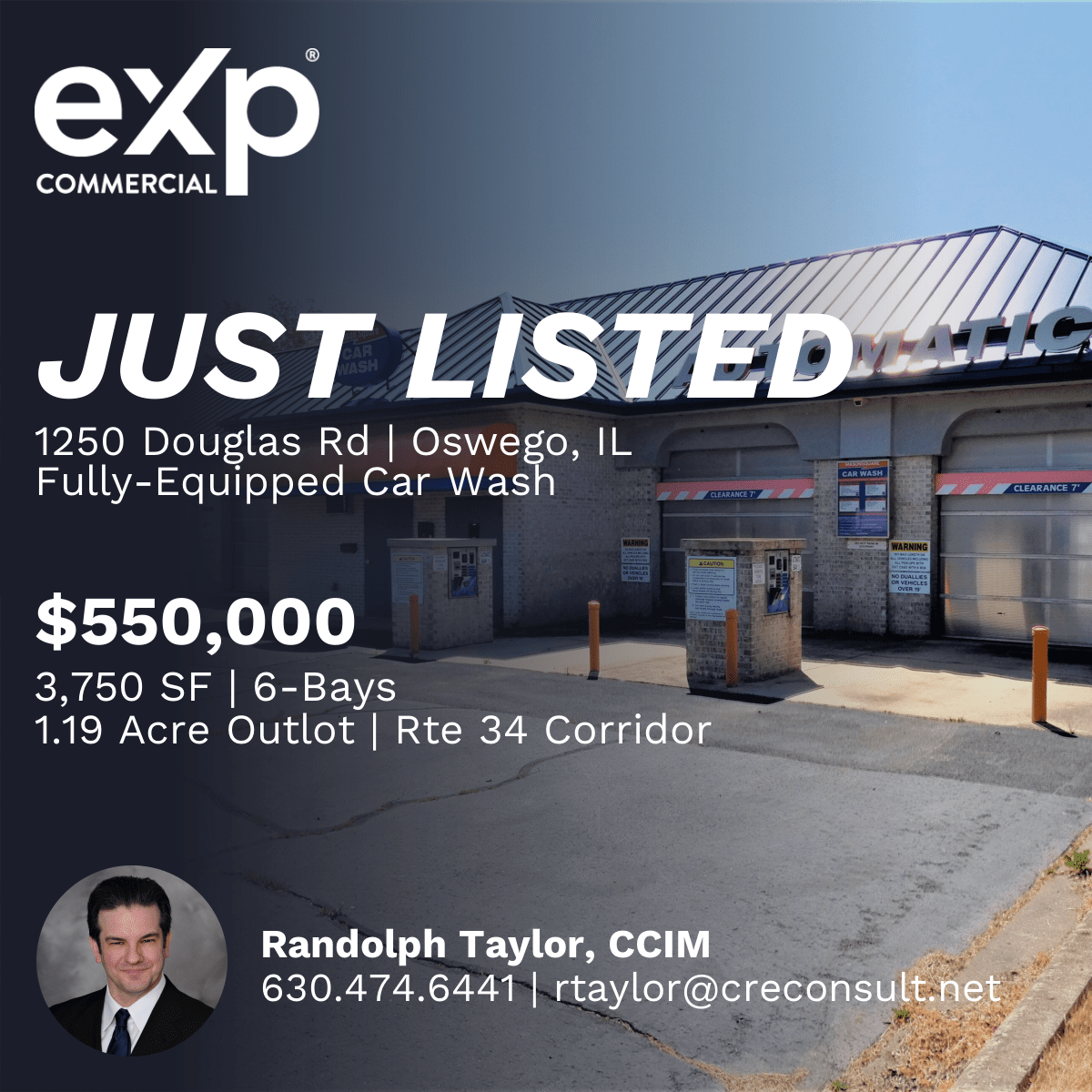The multifamily market saw record-breaking rent growth that was backed by high demand in 2022, but that is no longer the case for several regions in 2023. While the volatility in the current market has taken its toll on the sector’s high-paced expansion, not every region in the U.S. is experiencing setbacks. In fact, the Midwest has recently emerged as a thriving area for multifamily investment.
The Midwest offers several advantages compared to other U.S. regions, including its diverse economy, growing population, and stable housing market. All of which makes the region an excellent place for investors looking to expand their portfolios.
Why Invest in the Midwest?
The level of transaction activity in the multifamily market can be influenced by factors such as population growth, government regulations, property taxes, income levels, supply trends, real estate regulations, and more. In the past, larger metros like Chicago and Minneapolis attracted more capital to the Midwest because they offered high levels of the listed market drivers. However, recently, secondary markets have become popular as well, indicating that there is a strong demand for multifamily properties that are well-located.
The region has experienced steady economic growth and low unemployment rates, which provide a stable market for commercial real estate services. The cost of living and doing business is lower in the Midwest than in other parts of the country, leading to lower property prices and higher rental yields.
Additionally, developers are finding it easier to acquire land in the Midwest’s secondary markets and receive the necessary permits to build in a timely manner due to lower barriers to entry compared to other regions.
The region’s transportation infrastructure, including highways, airports, and railways, makes the Midwest a strategic location for businesses and residents. Finally, the region’s diverse economy, with a mix of manufacturing, agriculture, and healthcare industries, ensures a stable demand for commercial real estate.
The Midwest’s growing population, with approximately 68 million residents, creates strong rental housing demand. The median household income for the Midwest was $66,143, according to the 2021 Census Report. The demand for rentals is further boosted by the fact that many people prefer renting to owning due to financial or lifestyle reasons. In fact, homeownership has declined nationwide, with 36 percent of American households now renting instead of owning.
The Midwest generally has more tax-friendly regulations for investors, making the region more attractive. South Dakota is income tax-free, while other Midwest states boast some of the lowest state income tax rates, such as Indiana at 3.16 percent and Michigan at 4.25 percent. Capital gains taxes are also lower in the Midwest compared to coastal markets. North Dakota, with a capital gains rate of 2.90 percent compared to California’s 13.30 percent, is one Midwest state worth highlighting.
Key Midwest Players
Multifamily real estate has been booming in the Midwest in recent years, with several states experiencing strong growth in the rental property market. Chicago has been the epicenter of multifamily investment in Illinois and is currently one of the leading markets for new deliveries. Smaller cities such as Rockford and Aurora have begun providing more affordable rental options. Ohio has seen investment in the cities of Cleveland and Columbus, focusing on redeveloping historic buildings. Columbus, in particular, experienced substantial growth with an expanding downtown to attract young professionals to the area.
In Minnesota, the Twin Cities of Minneapolis and St. Paul have been a hotbed of multifamily investment, with a high demand for rental properties and substantial capital investment. Meanwhile, in Missouri, St. Louis has experienced significant investment in the downtown area and surrounding neighborhoods due to the revitalization brought by the growing tech industry and talent pool. On the other hand, Kansas City has been focusing on suburban construction.
Overall, the Midwest has experienced substantial growth in the multifamily real estate market, driven by a growing population, a robust economy, and a focus on urban revitalization. With a mix of large and small cities experiencing significant development, the region offers a range of opportunities for investors and renters alike.
Illinois – Chicago, Rockford, and Peoria
From Q1 2022 to Q1 2023, around 5,600 units were absorbed in Chicago, which exceeds the average annual net absorption of 4,100 units for the market. Strong demand has led to a decrease in vacancies, further contributing to rent growth in the market. Year-over-year rent gains posted a 4.1 percent increase. The area experienced $5 billion in annual sales volume with an average cap rate of 5.7 percent from Q1 2022 to Q1 2023. Chicago’s two largest submarkets, Downtown and North Lakefront, experienced a high percentage of sales from Q1 2022 to Q1 2023.
In Q1 2023, apartment rents in the Rockford market increased by an annual rate of 5.3 percent. There are 33 units under construction in Rockford, the largest under-construction pipeline in over three years. As of Q1 2023, vacancies in the metro area were slightly below the 10-year average but have remained relatively stable from Q1 2022 to Q4 2022; currently, the vacancy rate is 3.5 percent.
Apartment rents in the Peoria market increased by an annual rate of 9.2 percent in Q1 2023. The current market cap rate decreased since last year to seven percent. This is the lowest rate observed in Peoria in the previous five years, although the city’s cap rate is typically higher than in other regions. The area has had an annual sales volume of $118 million within the last 12 months. Within the past three years, 390 units have been delivered, a cumulative inventory expansion of 3.4 percent, and 160 units are currently under construction.
Ohio – Cleveland and Columbus
The Cleveland market experienced its most active year for deliveries since 2015, adding over 2,000 units in 2022. From Q1 2022 to Q1 2023, total multifamily sales in Cleveland amounted to $159 million, approximately 16 percent higher than the annual average, with a market cap rate of 7.5 percent. The average monthly asking rent in Cleveland is $1,100 per unit, making it a cost-effective market for renters.
From Q1 2022 to Q1 2023, multifamily sales in Columbus amounted to $2.0 billion, which is almost twice the prior three-year average. The majority of development and delivery activity within the submarket occurs in neighborhoods that are adjacent to downtown Columbus and surrounding Ohio State University, playing a significant role in contributing to the submarket’s strong overall performance. In the second half of 2022, quarterly volume reached record levels, with more than $650 million worth of transactions occurring in the third and fourth quarters combined. The market’s affordability and potential for higher yields likely contribute to the substantial sales volume in recent months. ¬¬¬
Minnesota – Minneapolis, Rochester, St. Cloud
Minneapolis achieved an all-time high in annual net deliveries for the fifth consecutive year, with 11,000 units added in 2022. This number is approximately 15 percent higher than the previous record set in 2021. In 2022, the annual sales volume in Minneapolis reached the second-highest level on record, totaling $2.1 billion. Minneapolis’ multifamily investment market has remained strong and durable, thanks to investments made by all types of buyers, including private and institutional capital. These investors are focusing on areas with lower volatility and higher yields that are less vulnerable to the potential impact of rising interest rates and a potential recession in 2023.
In Q1 2023, apartment rental rates in the Rochester market increased at an annual rate of 2.4 percent, and over the past three years, they have increased by an average annual rate of 3.6 percent. There are 940 units under construction, the highest under-construction pipeline in more than three years.
The St. Cloud rental market saw a 3.3 percent rise in apartment rents in Q1 2023, with an average yearly increase of 3.8 percent in the past three years. Home to a state university, the area experienced a 12 month sales volume of $92 million and a market cap rate of 6.7 percent. Additionally, there are currently 210 units being constructed in addition to the 670 units completed in the past three years.
Missouri – St. Louis, Kansas City, Springfield
Over the past year, the St. Louis area has delivered 3,700 units, significantly higher than the annual average of 2,300 units over the past five years. The price per unit is $140,000, representing a 48 percent rise in the past five years. The region’s multifamily market is still considered affordable, with rental rates 30 percent lower than the national average, at $1,140 per month.
The number of units in the Kansas City construction pipeline is 7,900, which accounts for 4.6 percent of the total inventory, one of the highest levels in the Midwest. The 12-month total sales volume is $1.1 billion, with more than half contributed by the sale of Class A properties.
Springfield’s population has increased by 19,000 individuals in the last five years, representing a four percent growth rate. During this time, the number of households in Springfield has grown by 9.7 percent. The yearly sales volume has averaged $49.0 million in the past five years, with a peak investment volume of $160 million during that period. From Q1 2022 to Q1 2023, $1.9 million of multifamily assets have been sold.
Takeaways
Overall, investing in multifamily properties in the Midwest can be a good option for those looking for a stable, income-producing investment with the potential for long-term growth. Many units are currently underway throughout the region, posing additional opportunities for years to come. As more investors move to this area to take advantage of the low cost of living, high demand, and steady economic growth, the region is set to thrive. Multifamily remains resilient despite economic volatility, and Midwest markets are excellent examples of adaptability in times of high-interest rates and slowing rent growth.







